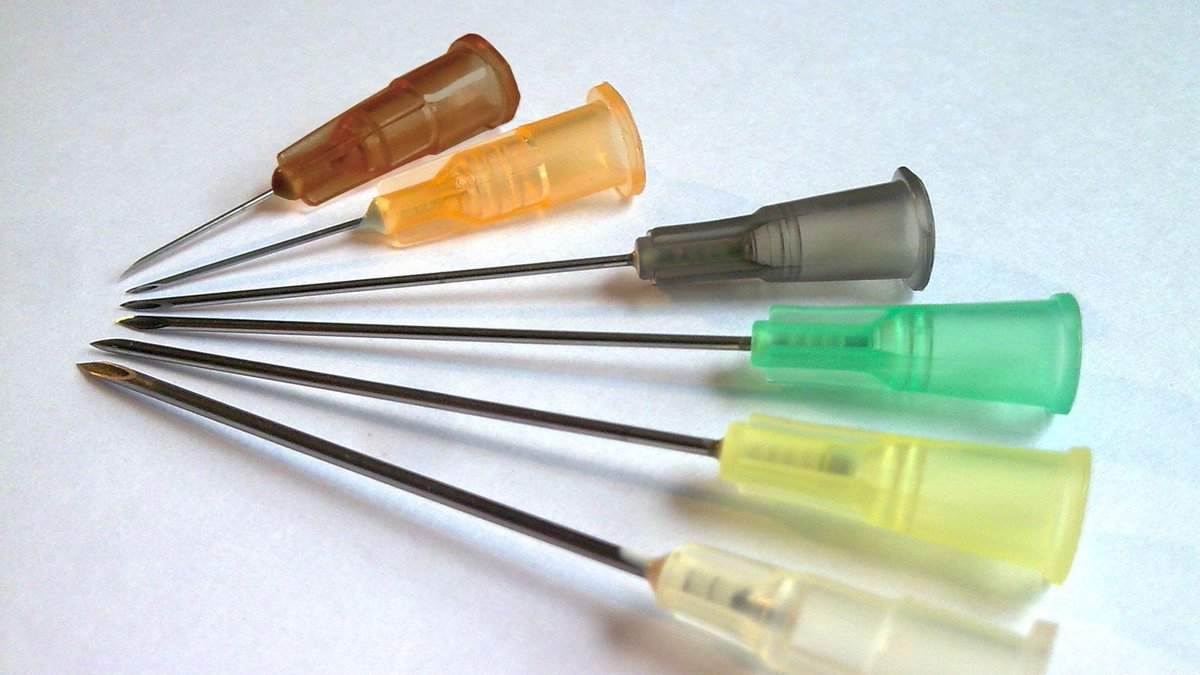1/ Did you know that you can import an Excel spreadsheet schedule into Google Calendar?
This thread is designed for new chief residents or any folks who schedule conferences/events and want to convert a spreadsheet into individual calendar events.
#TipsForNewChiefs
This thread is designed for new chief residents or any folks who schedule conferences/events and want to convert a spreadsheet into individual calendar events.
#TipsForNewChiefs
2/
During my time as a @uclaimchiefs we shared a google calendar to track tasks during the week. We also scheduled conferences via shared spreadsheets.
Importing the spreadsheet allowed me to view what conference was scheduled without constantly referencing the spreadsheet.
During my time as a @uclaimchiefs we shared a google calendar to track tasks during the week. We also scheduled conferences via shared spreadsheets.
Importing the spreadsheet allowed me to view what conference was scheduled without constantly referencing the spreadsheet.
3/
To start we’ll need a basic spreadsheet to schedule events.
For this tweetorial we’ll use an example of a Noon Conference spreadsheet and include “Day", “Date", “Title", “Speaker", and “Notes" as headers though for this spreadsheet the headers are not critical.
To start we’ll need a basic spreadsheet to schedule events.
For this tweetorial we’ll use an example of a Noon Conference spreadsheet and include “Day", “Date", “Title", “Speaker", and “Notes" as headers though for this spreadsheet the headers are not critical.

4/ Fun Excel fact: you can autofill weekday days/dates by selecting and dragging the green square in the lower right corner and selecting the appropriate fill. 

5/
Ok, now that we have some fantastic conferences planned, we will need to create another sheet at the bottom of the workbook.
This will be what we import so it is essential that the headers appear as follows: Subject, Start Date, Start Time, End Date, End Time, All Day Event
Ok, now that we have some fantastic conferences planned, we will need to create another sheet at the bottom of the workbook.
This will be what we import so it is essential that the headers appear as follows: Subject, Start Date, Start Time, End Date, End Time, All Day Event

6/ We can now populate the data of this sheet with our other sheet. You’ll notice that these is no speaker field.
To overcome this I combine the Title and Speaker fields from the schedule sheet with the concatenate function.
=CONCATENATE(Schedule!C2," - ", Schedule!D2)
To overcome this I combine the Title and Speaker fields from the schedule sheet with the concatenate function.
=CONCATENATE(Schedule!C2," - ", Schedule!D2)

7/
We can then fill across the row as shown below.
The start/end date will simply be = to the appropriate date cell on the schedule. As this is an hour long event we will mark All Day Event as false. We can then drag and fill down the columns to automatically file the data.
We can then fill across the row as shown below.
The start/end date will simply be = to the appropriate date cell on the schedule. As this is an hour long event we will mark All Day Event as false. We can then drag and fill down the columns to automatically file the data.

8/
Now that we have our completed spreadsheet we will need to copy it to a new separate Excel document. We will then save that new document as a .csv file.
Now that we have our completed spreadsheet we will need to copy it to a new separate Excel document. We will then save that new document as a .csv file.

9/ Once we have the .csv file we'll import it to Google Calendar by selecting Settings > Import & export. We’ll then select the file and the appropriate calendar.
*It’s critical to pick the right calendar as you have to manually delete events if you pick the wrong one.
*It’s critical to pick the right calendar as you have to manually delete events if you pick the wrong one.

10/ Click Import and *voila!* we have individual conferences which we can copy to our personal calendar, etc.
You can also convert this .csv file to a .ics file for Apple or Outlook calendars using online converters.
You can also convert this .csv file to a .ics file for Apple or Outlook calendars using online converters.

11/
And, that’s it! Obviously this is pretty niche/not for everyone but I thought I’d share in case it helps someone to automate what can be a burdensome administrative task.
If you’d like a template of the spreadsheet you can download it here:
drive.google.com/file/d/1TpJvRX…
And, that’s it! Obviously this is pretty niche/not for everyone but I thought I’d share in case it helps someone to automate what can be a burdensome administrative task.
If you’d like a template of the spreadsheet you can download it here:
drive.google.com/file/d/1TpJvRX…
12/
Here is the Google Calendar help page which highlights some of the other fields that you can add when importing .csv files. You could use the “Description” field to add a Zoom link or other helpful information.
support.google.com/calendar/answe…
Here is the Google Calendar help page which highlights some of the other fields that you can add when importing .csv files. You could use the “Description” field to add a Zoom link or other helpful information.
support.google.com/calendar/answe…
• • •
Missing some Tweet in this thread? You can try to
force a refresh



















